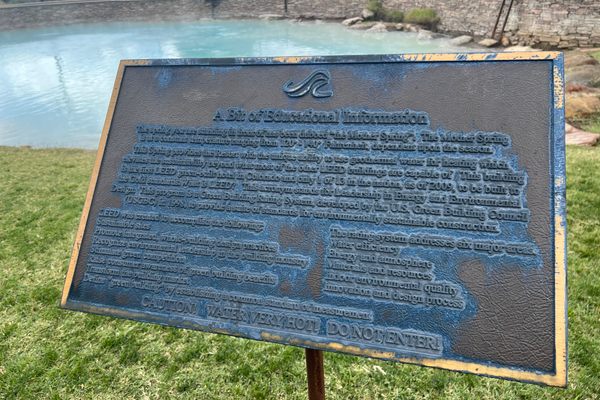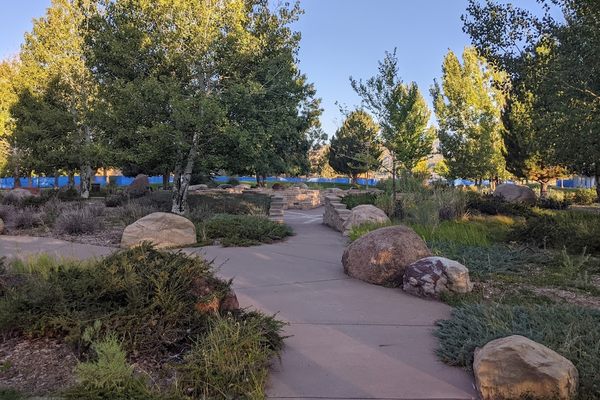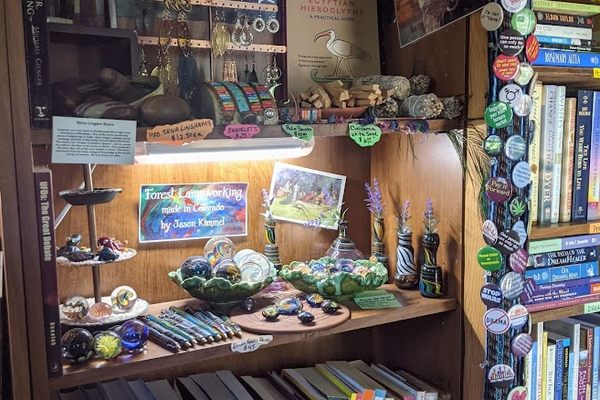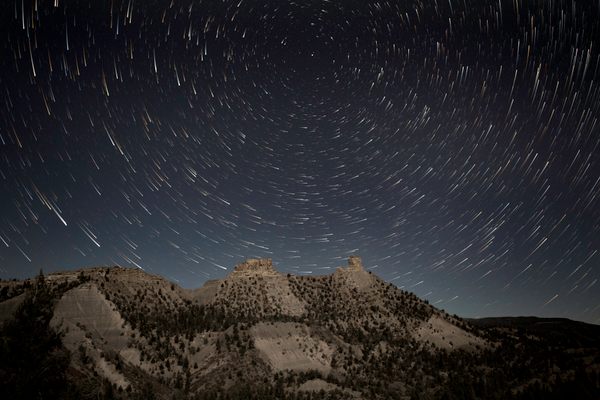Chimney Rock
Two tall rocks sit at the center of this site, once the home of a large Ancestral Puebloan community.
The twin rocks jutting into the sky (named Chimney Rock, and fittingly, Companion Rock) may be the most apparent sight at Chimney Rock National Monument, but they only make up part of the story of this place.
The site is part of a larger community of Ancestral Puebloans who lived around the Chaco Canyon in New Mexico. There are nearly 200 homes and ceremonial buildings at the monument, constructed by the Ancestral Puebloans of the Chaco Canyon between the years 925 and 1125. The site itself was home to the Puebloans from at least the year 900. When the site was first excavated, questions arose about the purpose of many of the buildings, and why a place that once served as a home for so many was abandoned.
What makes Chimney Rock unusual is that it served as a satellite community for many other communities in the surrounding region. Dr. James W. Judge, who worked with the National Park Service on the Chaco Project, theorized that the site was used as “the social integration of a dispersed population through pilgrimage festivals and ceremonial rituals.” People traveled to Chimney Rock not just for festivals, but for trading of resources.
It may have also been used as a base for establishing a calendar. By tracing the movement of the sun, ancient observers could “accurately predict important times of the year such as the equinoxes and solstices,” which would be helpful in scheduling festivals, crop plantings and harvesting, and this information could be shared with other communities. And because of its location, the site also offers a view of a major lunar standstill, a cycle where the moon rises at the same point on the horizon. This period lasts for about three years, and one of the buildings at Chimney Rock offers a view of the phenomenon as the moon rises between the two rocks. This may also have been why this spot was chosen to build a community. The Ancient Pueblans may have built their structures to commemorate and celebrate this lunar event.
One thing historians know for certain is that the once-bustling community was abandoned beginning in 1125. What they don’t know is the precise reason why.
The site was first excavated in 1921, and that work continued through the early 1930s. After a 25-year hiatus, work began again on the site in 1958. In the summers of 1970-1972, the federal government began a project to “survey, excavate, and restore” the structures so that the public could visit.
This work uncovered some of the treasures of the site that visitors can still see today: the Great House Pueblo, the Great Kiva, and the Ridge House. These buildings offer a glimpse of the lives of the Ancient Puebloeans. The Great Kiva, for example, is the “largest excavated single-room structure on the High Mesa.” It extends nearly 44 feet across, and contains benches, stone-lined compartments, and a fire pit. While anthropologists are unsure of how it was used 1,000 years ago, it is presumed that they were ceremonial.
Other buildings give insight into day-to-day life. Houses uncovered during excavation revealed tools like axes and anvils and household items like jars and pots. But these discoveries are just a small portion of the more than 100 sites in Chimney Rock, which will likely remain undisturbed for a number of reasons, including respect for modern-day Puebloans’ connection to the site.
In 2012, the site was also protected for future generations with its designation as a national monument in 2012. “This is the story of my tribe, the Pueblo of Acoma, and our history is intimately connected to Chimney Rock,” Chandler Sanchez, chairman of the All Indian Pueblo Council wrote in a statement about the monument’s new designation. “This place is still sacred to my people, and we are glad to see it will now be protected for our children and grandchildren.”
Know Before You Go
Open May 15- September 30. From October 16 through May 14, the entrance is locked but guests may hike on the Monument
Plan Your Trip
The Atlas Obscura Podcast is Back!



















Follow us on Twitter to get the latest on the world's hidden wonders.
Like us on Facebook to get the latest on the world's hidden wonders.
Follow us on Twitter Like us on Facebook